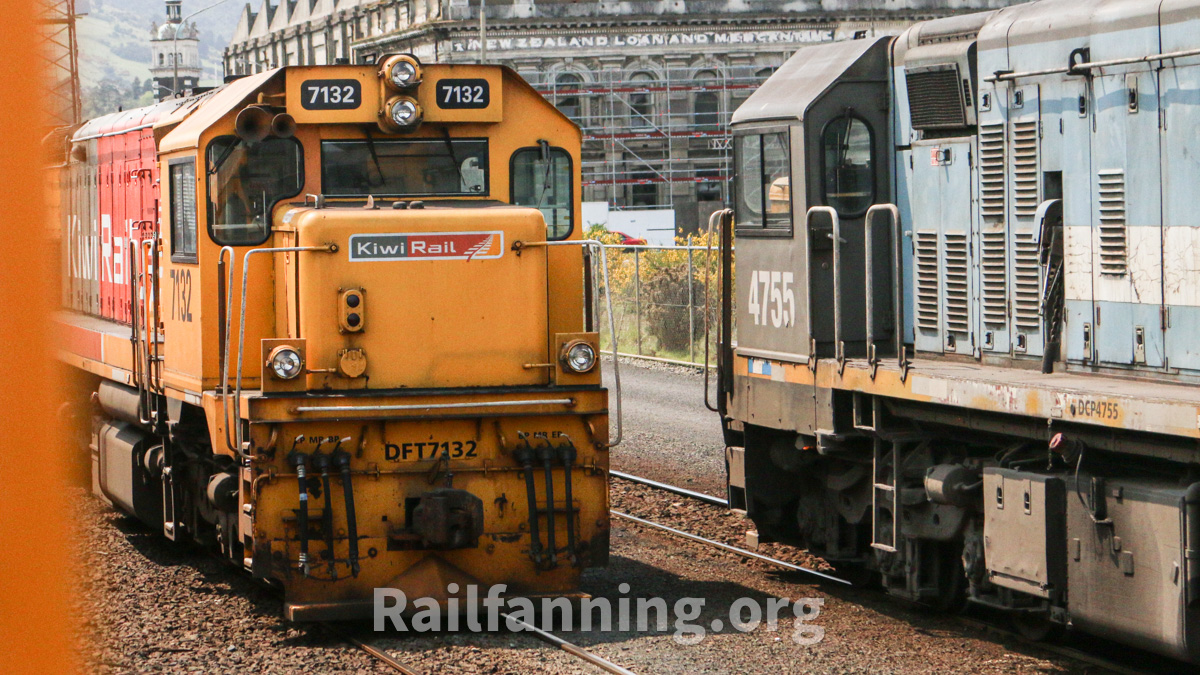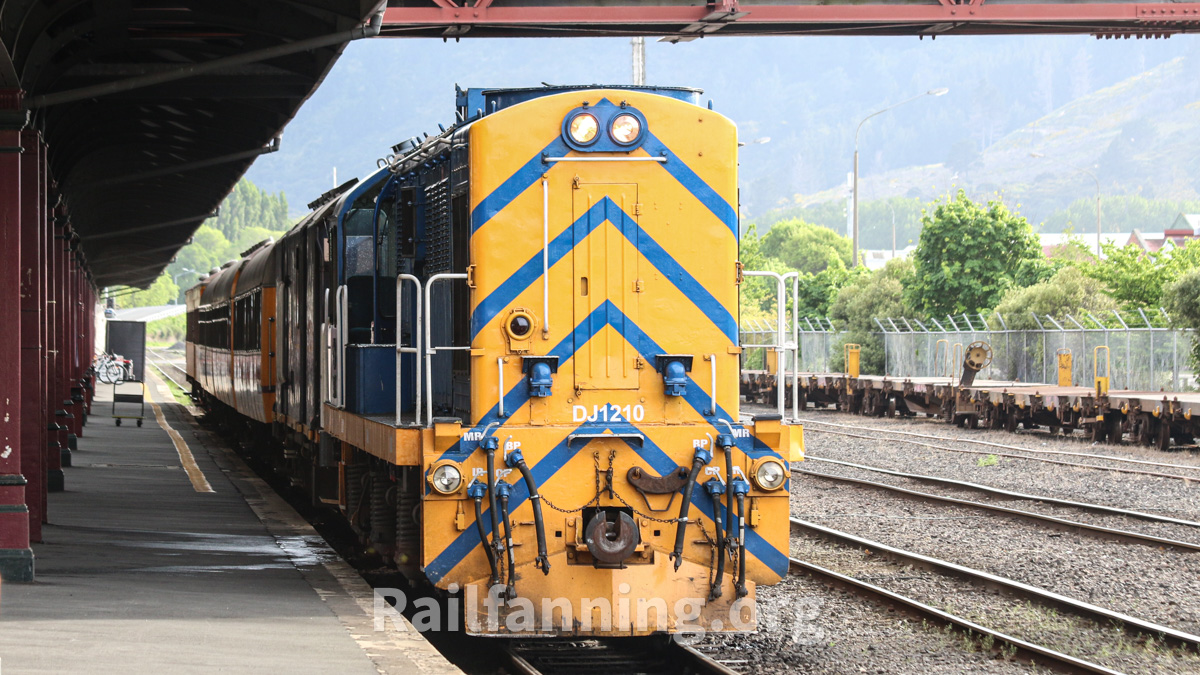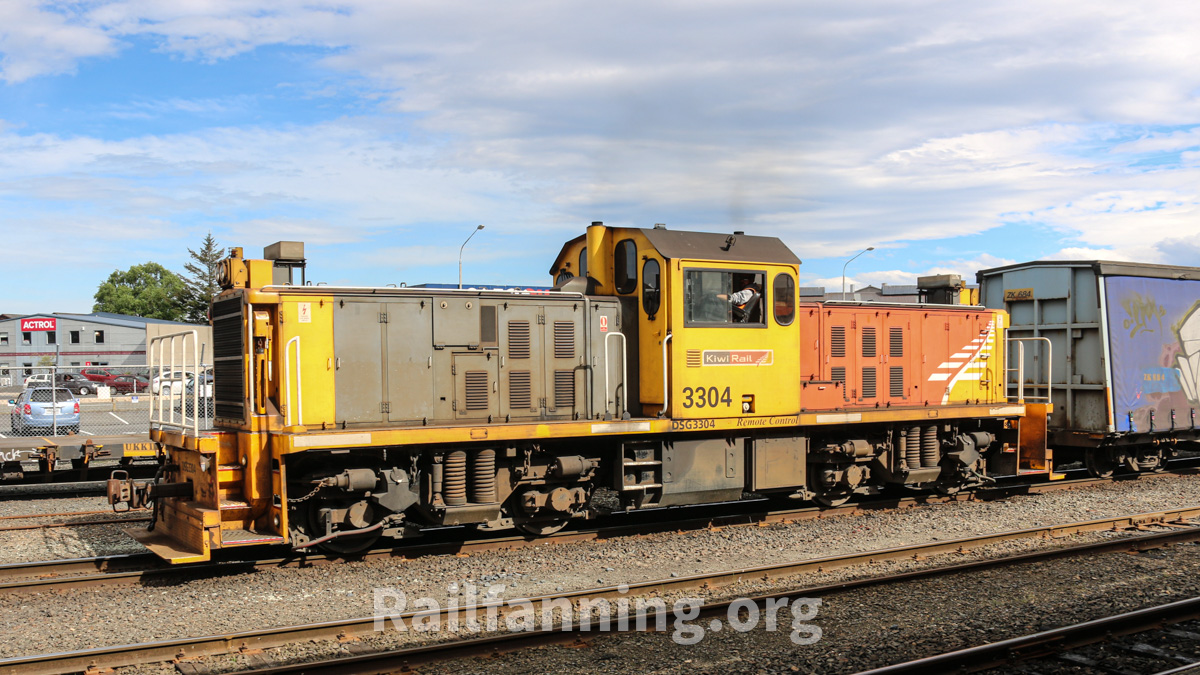Dunedin’s railroad history dates back to December 31, 1872, when the Dunedin and Port Chalmers Railway Company Limited opened a line connecting the two cities.
(Other accounts indicate the line opened on January 1, 1873.)
Former Governor of New Zealand Sir George Bowen opened the railroad, built under the auspices of the Otago Provincial Council, not the central government, during his farewell trip before his transfer to Victoria, Australia.
Josephine, an E class Double Fairlie steam locomotive, was the first to run on the line and the first 1,067 mm gauge locomotive to operate in New Zealand. Though it retired in 1917, it is displayed in the Otago Settlers Museum.
When the first section of the Main South Line opened in December 1877 between Dunedin and Waitati, a junction was established at Sawyers Bay. The section from Dunedin to Sawyers Bay became part of the Main South Line, and the remaining two kilometers to Port Chalmers became the Port Chalmers Branch.
The connection to Christchurch was completed in 1878. In 1880, the Dunedin and Port Chalmers Railway was transferred to the newly established New Zealand Railways Department, and the private company dissolved.
The Flemish Renaissance-style Dunedin railway station, designed by George Troup, nicknamed “Gingerbread George,” opened in 1906. The station, also described as Edwardian Baroque design, is often said to be New Zealand’s most photographed building.
Minister of Railways Joseph Ward laid the building’s foundation stone on June 3, 1904. Today, Dunedin Railways uses the station for its excursions.
The station is the third in town.
The first station opened in 1872 near Queen Victoria’s statue in Queens Gardens. It coincided with the opening of the Dunedin and Port Chalmers Railway.
The station was replaced in 1875 when a railway connecting Dunedin and Clutha, built under New Zealand Premier Sir Julius Vogel’s “Great Public Works Policy,” opened. The station stood near Rattray Street.
In 1884, the city planned to erect a grander station as its third one. However, a temporary wooden structure was built on Cumberland Street when the government and the city council couldn’t agree on the direction.
A foundation was laid, and some steps were constructed, which were rediscovered in 2008.
Railway workshops, ultimately called South Dunedin Hillside Workshops, opened in South Dunedin in 1875. The Main South Line segment between Dunedin and Invercargill was completed on January 22, 1879.
Shops remained at Hillside until they were nearly closed in about 2012. However, KiwiRail ultimately opted to overhaul the site, and a revamped Hillside Workshops is expected to open in mid-2024.
The former New Zealand Rail Road Transport Building is now part of the Toitū Otago Settlers Museum.





